Re: Article: Over Grading of Blue Fluorescent Diamonds Revis
No Rockdiamond and I don't think you should be putting words in my mouth considering your having trouble reading both Michael's paper and my posts in this thread.
Remember this post made by me » 08 Mar 2016 11:28
"It has been borne out in the empirical data that using GIA's Diamond Dock (its current grading environment) the color shift in the most extreme cases is reduced to 2 - 3 grades, you keep referencing one case using GIA's pre 2000 lighting. The overall conclusion is not dependent on that singular example which is not the normal expected shift for VSB diamonds being graded using today's GIA-GTL diamond dock."
Rockdiamond|1457483554|4001817 said:Among others, you're assuming Michael is correct about this four grade color shift. Even if we can find a single stone that would move four colors in a colorless, it would by no means be a "textbook case"- rather if it does exist, it would be an anomaly
No Rockdiamond and I don't think you should be putting words in my mouth considering your having trouble reading both Michael's paper and my posts in this thread.
Remember this post made by me » 08 Mar 2016 11:28
"It has been borne out in the empirical data that using GIA's Diamond Dock (its current grading environment) the color shift in the most extreme cases is reduced to 2 - 3 grades, you keep referencing one case using GIA's pre 2000 lighting. The overall conclusion is not dependent on that singular example which is not the normal expected shift for VSB diamonds being graded using today's GIA-GTL diamond dock."

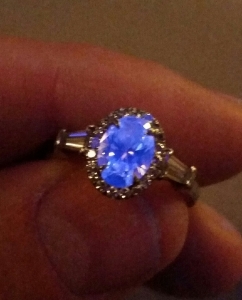
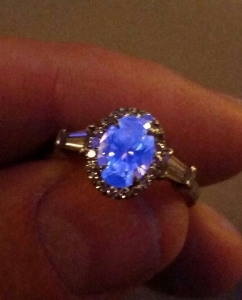
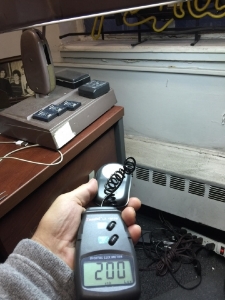
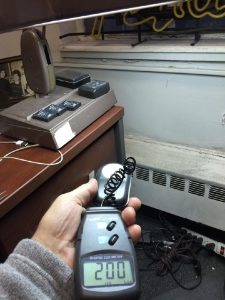
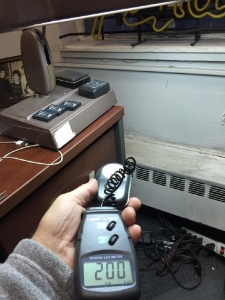
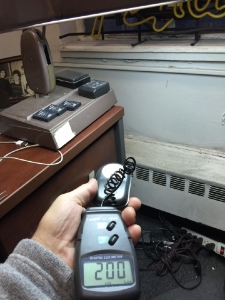
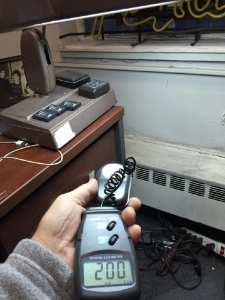
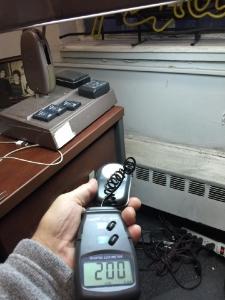
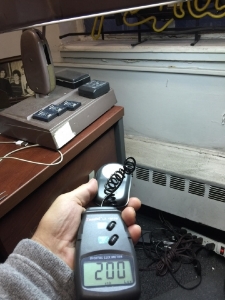
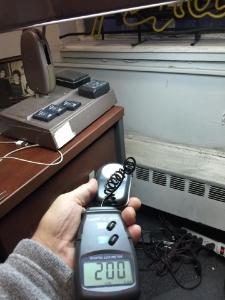
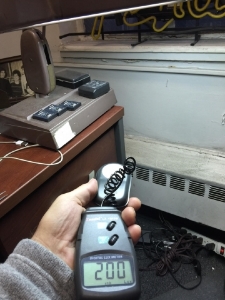
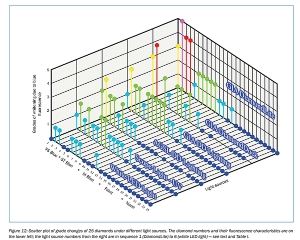
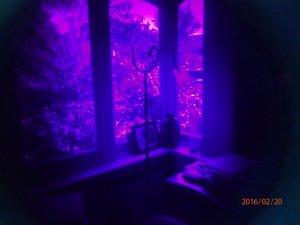


300x240.png)